Many ways to define a form are emerging that break away from the standard 2-piece clamshell that is common in all design categories. In the case of Modular Elements, the form is created through an assemblage of smaller forms: modules that stack and nestle together to construct a larger volume, but still retain their own independent properties. The current embodiments of this trend emphasize an incomplete blending of the modules in relation to the greater form: they are stacked at various angles or levels, retain slightly different color or surfacing variations, or their shape varies slightly from one module to the next. Through this intentional imperfection, a greater sense of motion and life is brought to the design and heightens the effect. Perfectly integrated and consistent modules can look just like surface tiling, but these chunky assemblages seem to have the quality of depth that runs through the volume, making it seem like the overall form is truly created by the smaller modular blocks. Using this technique, certain modules can also be highlighted as unique points of interaction within the structure, each module having a specific functional purpose. Attempts to “fake it” by simply molding in the smaller modules into one form will just cheapen the overall effect…so stay true to the module, designers!


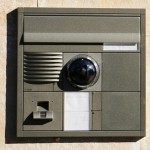


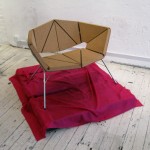
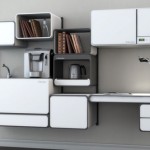
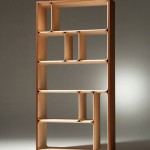
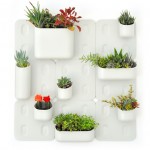
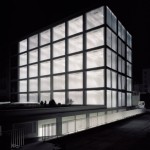

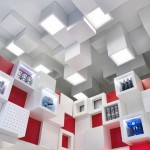



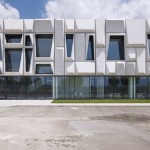

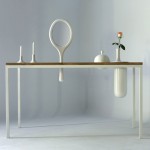




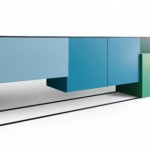
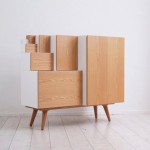
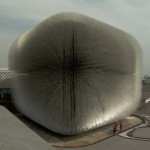
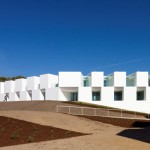
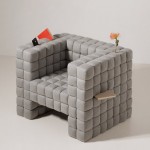
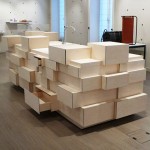
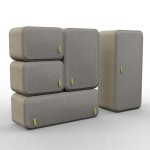
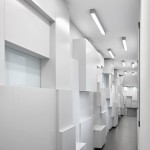


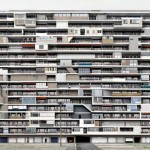

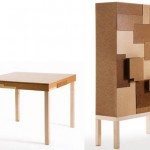
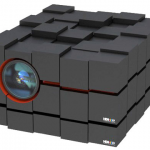



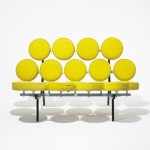

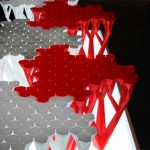

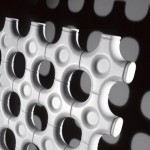

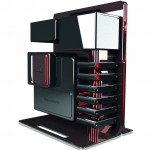
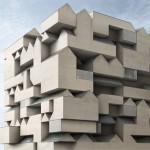

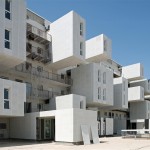
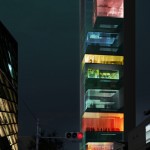
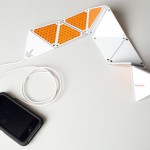
dude, I really enjoy your posts, they help me deeply, but it would be even better if your photos had a kind of legend so we could search more about them. Though your website rocks